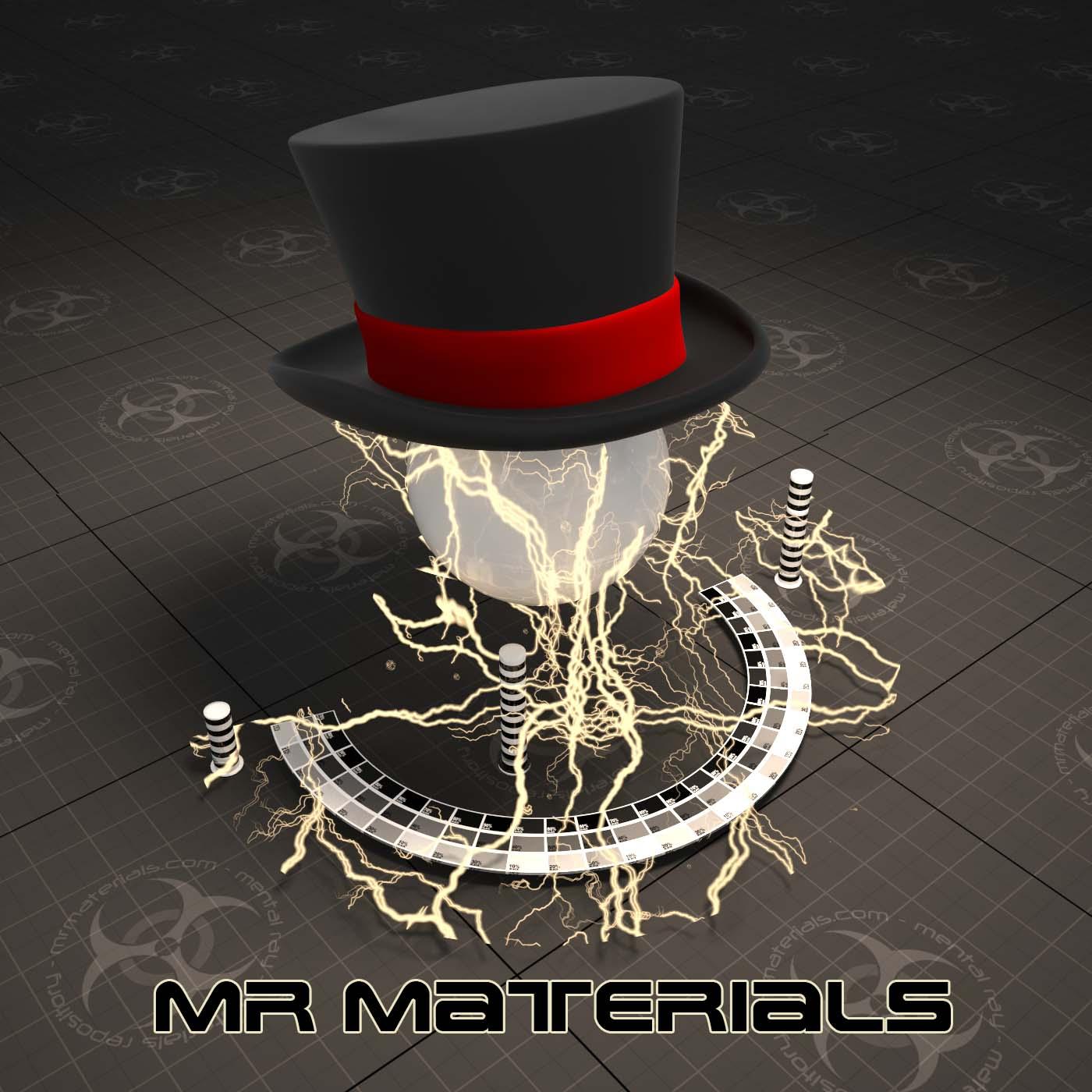A&D Clay material (and other random stuff)
Recently I wanted to create a somewhat realistic clay material. After making a few variations I thought it might be helpful to others out there if I share my settings.First up, here's a render of the material in my studio setup:
(click image to enlarge)

Here are the parameters I used for my material:
(click image to enlarge)

Notes on settings:
I used a medium Roughness settings to give the material some softness.
The reflectivity & BRDF values I used are simply what looked 'right' for the look I wanted. You'll notice a map in the color swatch of the reflection settings. I tried a few procedurals and they worked ok, but I wanted a more human touch to my material. So, I created a tilable fingerprint texture with Photoshop. I used this black & white image as both a bump map and a reflection
mask to break up the reflectivity. I'll attach my fingerprint texture because I think it could be useful for things other than this particular material.
Here's the tileable fingerprint map:
(click image to enlarge)

Quick note on my studio setup:
I used portal lights with mib_blackbody shaders providing kelvin control, FG & Photographic Exposure control. I placed single sided planes in front of the portal lights and applied an A&D material to the planes. I then placed a gradient ramp in the cut-out map of this material. Doing so provides a soft edge to the portal lights. I then linked these planes to their respective portal light so that when I need to move the light sources, the 'soft box' moves with it automatically.
Screen capture of studio setup:
(click image to enlarge)

So that's one rather simple recipe for a clay material.

Now onto the 'other random stuff'. As I've done in the past, I'm just sharing a few tests that don't really fit into my gallery, or anywhere else for that matter.
I saw people using the Sponza scene and since it's been a while since I tinkered with that file I thought I'd give it a whirl in 3ds Max Design 2009.
Sponza Test
(click image to enlarge)

Link to the Sponza Model:http://hdri.cgtechniques.com/~sponza/
In my gallery I posted a render of the Dwayne Ellis bathroom scene. Here's just another angle of that same scene:
(click image to enlarge)

(my water material needed some lovin'!...note this and the other render of this scene in my gallery primarily use the new ProMaterials)
Up next are a few Cornell box tests with 3ds Max Design 2009. For reference I used real-world information provided via Richard Rosenman's site here: http://www.richardrosenman.com/project/?cid=59
Here's my resulting renders:
(click image to enlarge)

(click image to enlarge)

NOTE: Obviously I needed to adjust my light placement so the shadows inside the box would better match Richard's photos. However, I was mainly interested in seeing how the new photometric lights in 3ds Max Design 2009 would compare. Good news...I think the results are pretty darn accurate!
Blog entries may be discussed in the 3DA forums HERE








